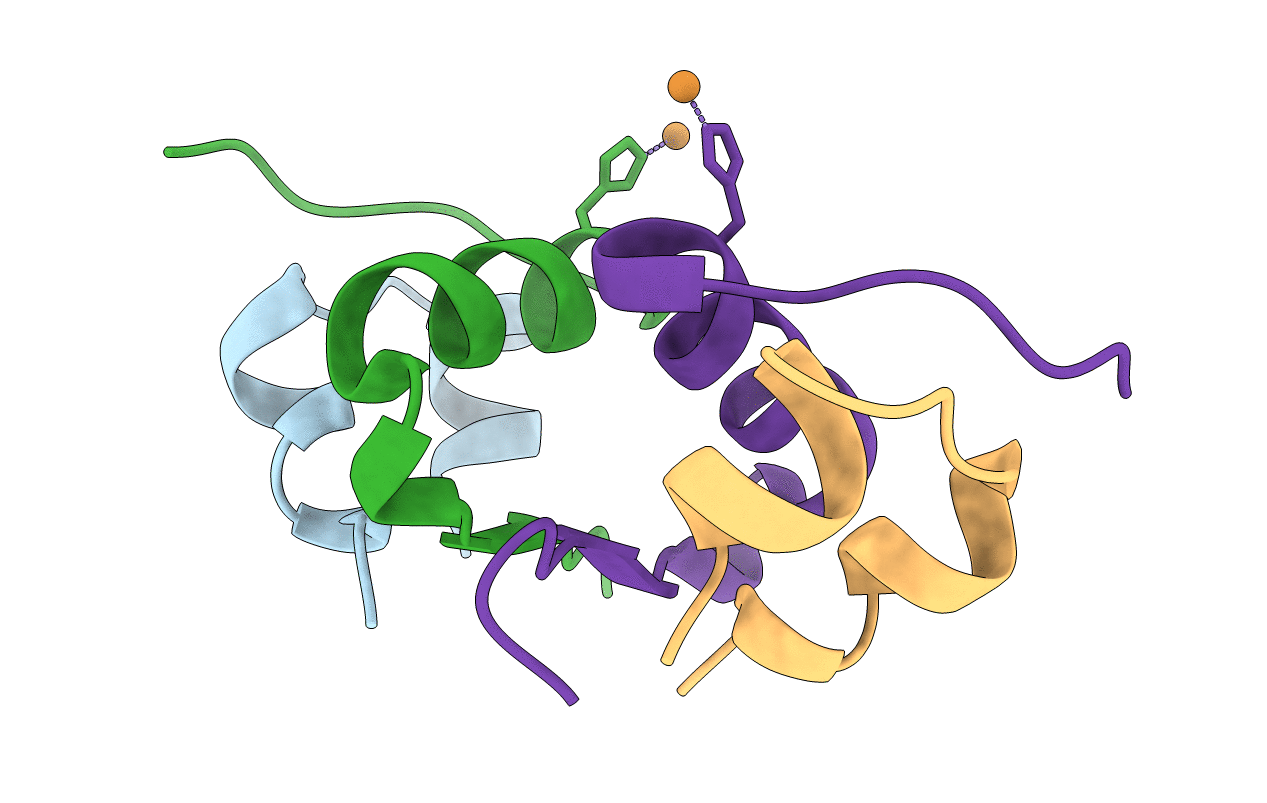
Deposition Date
2013-08-07
Release Date
2014-01-15
Last Version Date
2024-11-06
Method Details:
Experimental Method:
Resolution:
1.90 Å
R-Value Free:
0.21
R-Value Work:
0.16
R-Value Observed:
0.16
Space Group:
H 3


